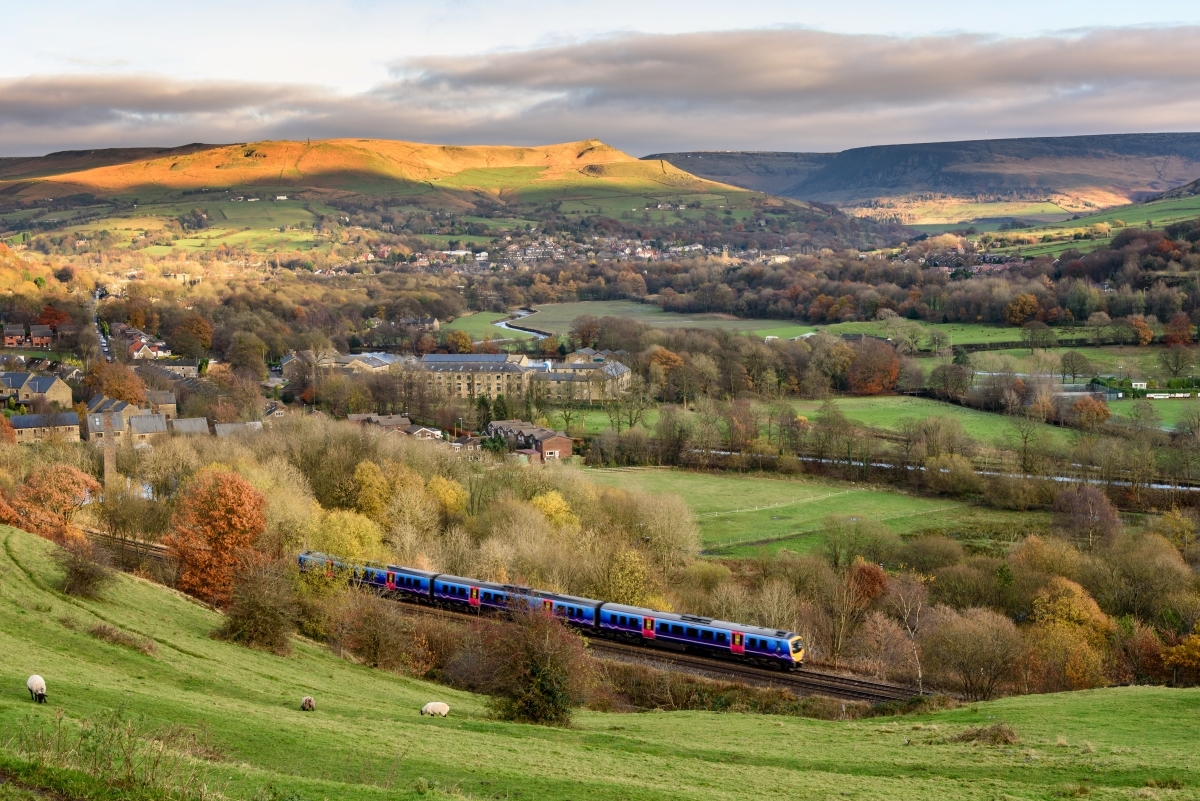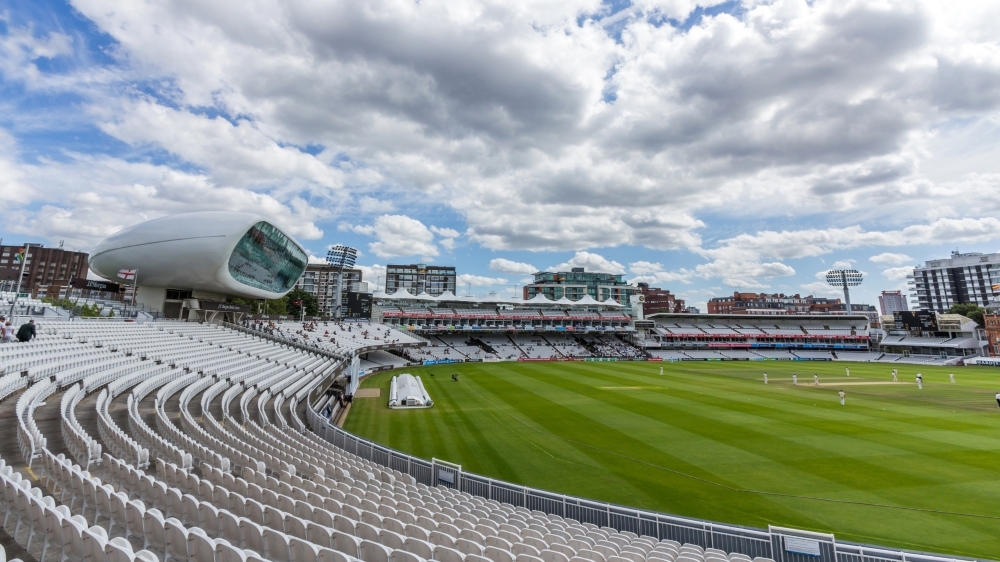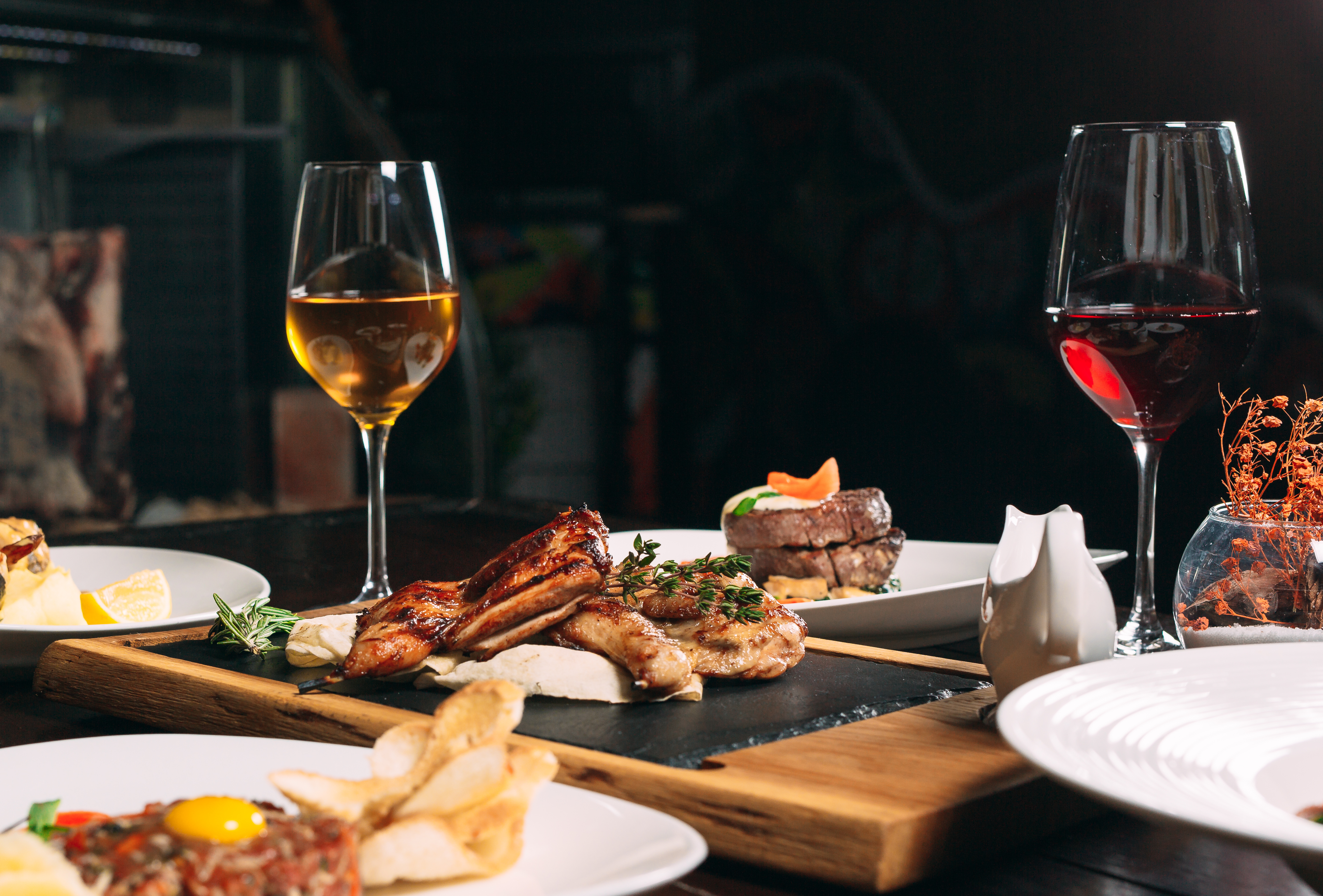Exploring The Cotswolds – The Best Places To Visit In Gloucestershire
Sitting between the rolling ridgelines of the Cotswolds and the ancient canopy of the Forest of Dean, Gloucestershire is a county of varied personality. Its heartlands are stitched together by the winding Wye and Severn rivers, where the legacy of the Roman Empire, the wool trade and medieval power struggles left their imprint on both the landscape and the local architecture. Villages of honey-coloured stone sit beneath wide skies, while abbeys and castles rear up from the fields, all having borne witness to centuries of conflict and intrigue.
Each season draws out a different experience of Gloucestershire. Spring brings colour to the arboretums and lambs to the hillsides. Summer calls walkers to the Cotswold Way and families to the shaded rivers of the Wye Valley for paddling and skipping stones. Autumn brings a quietly dramatic golden beechwood and tapering light across half-empty landscapes, whilst winter isolates the land with its frosty touch. The stone villages quieten, the pubs grow warmer, and ancient churches and castles seem more haunting, dotted around the landscape. Whether searching for the picturesque, the historical, or the quietly spectacular, these are the places to visit in Gloucestershire that stand out the most in any season.

Bibury
Often cited as the prettiest village in England, Bibury’s appeal lies in its perfect blend of Cotswold stone cottages, winding stony lanes, and the shallow waters of the River Coln that cut quietly through the heart of the hamlet. The honey-coloured weavers' cottages at Arlington Row form one of the most photographed images in the country. National Trust-protected and steeped in heritage, these buildings evoke the history of the wool trade that once defined the region.
The Church of St Mary has Saxon origins and an unusually atmospheric interior with medieval stained glass. Come spring and summer, the village is alive with wildflowers spilling over stone walls and the warm scent of grass and watermill turning. During the colder months, Bibury remains irresistible in a frost-dusted hush, with low-lying mist hugging the meadows and warm lights from its cosy tea rooms illuminating its honey coloured streets. Autumn can be particularly rewarding here, as the crowds will have thinned, the trees begin to turn golden, and the walking trails around Rack Isle are strikingly beautiful under a canopy of falling leaves.
Tetbury
Tetbury was once a thriving hub for wool merchants, but has reinvented itself as one of Gloucestershire’s smartest towns, brimming with antiques shops and elegant Georgian buildings. The high street arcs past 17th-century market halls and honeyed stone terraces housing art galleries and independent stores. At the centre is the iconic pillared Market House, where farmers once gathered to sell their finest sheep’s fleeces, now surrounded by boutiques and delis that reflect the town’s upmarket revival. Highgrove House, King Charles III’s private residence, lies just on the town’s edge and offers seasonal garden tours that regularly sell out months in advance.
Winter brings a particular warmth to Tetbury, as twinkling shopfronts light up early and the pubs hum with evening conversation. Spring and summer see antique fairs draw crowds, while the Tetbury Music Festival in early October adds a layer of culture. For those looking to linger, The Close Hotel provides fireside comfort and walled gardens. Whether browsing antiques or sipping elderflower G&Ts in the gardens of a country inn, Tetbury’s appeal is universal.
Symonds Yat
Straddling the Gloucestershire-Herefordshire border, Symonds Yat has long been a magnet for nature lovers, climbers, and canoeists. Split by the River Wye into east and west, the two halves are linked by a hand-pulled ferry. On the west side, Symonds Yat Rock rises high above the valley floor, offering commanding views of the looping river below and, for the fortunate, a look at peregrine falcons nesting in the cliffs. This viewpoint is especially dramatic in autumn, when the valley is ablaze with copper foliage, and when mist fills the riverbed, cloaking the valley in mystique.
Despite its modest size, Symonds Yat offers an impressive range of activities. Canoe hire centres line the riverbanks, offering half-day and full-day adventures along one of the most scenic stretches of the Wye. Woodland trails lead away from the bustle into the Forest of Dean, where wild boar and deer roam beneath its ancient canopy. In the winter months, with the tourist boats gone and the river moving slowly beneath low grey skies, Symonds Yat becomes a quiet place to wander for those seeking solace among the whispers of the river.
Painswick
The so-called "Queen of the Cotswolds", Painswick rises steeply over the surrounding valleys, its rooftops a patchwork of grey stone and moss. The village’s wealth was founded on the wool trade and is still visible in the grand architecture that defines New Street. Painswick’s most famous landmark, however, is its parish church of St Mary’s, surrounded by a procession of 99 neatly trimmed yew trees, where local legend tells that a 100th will never grow despite efforts for centuries.
Painswick is also home to the Rococo Garden, a flamboyant 18th-century pleasure garden that is particularly impressive in late winter when the snowdrops erupt across the banks in dazzling white. Autumn here brings the most dramatic light, with long shadows that cast across the foothills and a chill in the air that seems to sharpen the views as much as the breath. The Painswick Hotel, housed in a Grade II-listed mansion, captures the village's stately feel, making it one of the best places in the region for a well-earned weekend escape.
Bourton-on-the-Water
Dubbed the 'Venice of the Cotswolds', Bourton-on-the-Water is stitched together by a series of elegant stone bridges that cross the shallow River Windrush. It’s undeniably touristy in the summer, when crowds cluster on the riverbanks and children paddle in the water, but the village still retains its charm. The architecture is classic Cotswolds’, with mellow stone buildings housing tearooms, gift shops and cosy pubs that exude charm and character.
A special mention must be made for visiting during winter. Mornings begin with mist hanging low over the river and dog walkers crunching frost beneath their boots, amplifying the charm of the waterway and its willow-draped banks. The Cotswolds Brewing Company, located just outside the village, offers tasting tours that explore the region’s growing reputation for craft beer, whilst for families, Birdland Park and the Dragonfly Maze offer suitable activities to keep everyone entertained. Bourton is an ideal destination for a romantic weekend exploring one of the country’s most timeless and characterful settlements.
Berkeley Castle
No journey through Gloucestershire is complete without visiting Berkeley Castle. Grimly notable as the site of King Edward II’s murder in 1327, the castle is packed with historical artefacts, from suits of armour, tapestries, and the cell where the ill-fated monarch is believed to have met his end. The architecture meshes Norman sensibility with Tudor grandeur, and the terraced gardens are especially beautiful when in bloom from April to July.
A visit here can be particularly atmospheric in autumn, when the grounds are blanketed in golden leaves and the battlements glow in the low afternoon sun. During special events, costumed actors partake in jousts, archery, and other forms of medieval combat. The village of Berkeley itself, with its traditional pubs and quiet paved lanes, makes for a pleasant stop after visiting the castle for a bite to eat, or a glass of real ale that’s in keeping with the medieval theme.



